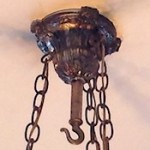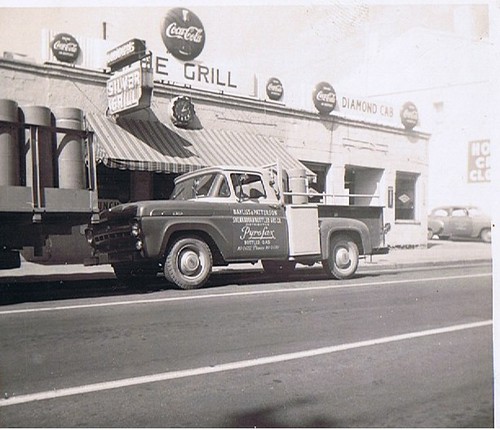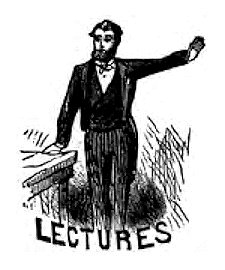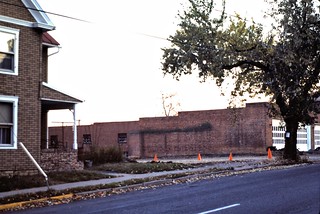There are literally hundreds of specialized terms for the parts of a building, and it can be hard to find precisely the right word you need to describe one part of your building. Here are a few suggestions, from the basic to the specialized, to help you start identifying the parts of your house with confidence and precision.
For a basic overview of the “bones” of the house, the recommended book is Francis Ching’s Building Construction Illustrated. Older editions are recommended for legibility.
For a simplified visual guide to identifying house styles, basic floor plans, and exterior parts of a house, the go-to book is Virginia Savage McAlester and Lee McAlester’s A Field Guide to American Houses. The pictorial glossary is in the first section of the book, before the discussions of identifying architectural styles.
For more specialized terms, Cyril M. Harris’ Historic Architecture Sourcebook contains numerous illustrations and alphabetical listings of uncommon architectural terms. The downside of this book is that you must either have an idea of the word you are searching for, or plenty of time to flip through the book.
A number of older, out of copyright architectural glossaries can now be searched and read on Google eBooks. A free version of John Henry Parker’s classic A Concise Glossary of Terms Used in Grecian, Roman, Italian, and Gothic Architecture (1869) is available. An American-specific glossary The American Glossary of Architectural Terms (1887) by George O. Garnsey is also available. The text of both can be searched for broad terms to find more specific related words.
If you would just like a quick dose of new architectural vocabulary in your life, visit National Trust for Historic Preservation Blog and search their “Preservation Glossary” entries, which offer illustrations and short definitions. A similar slideshow of unusual terms is available at This Old House.
Do you have any other favorite places to find architectural terminology? Let us know!





